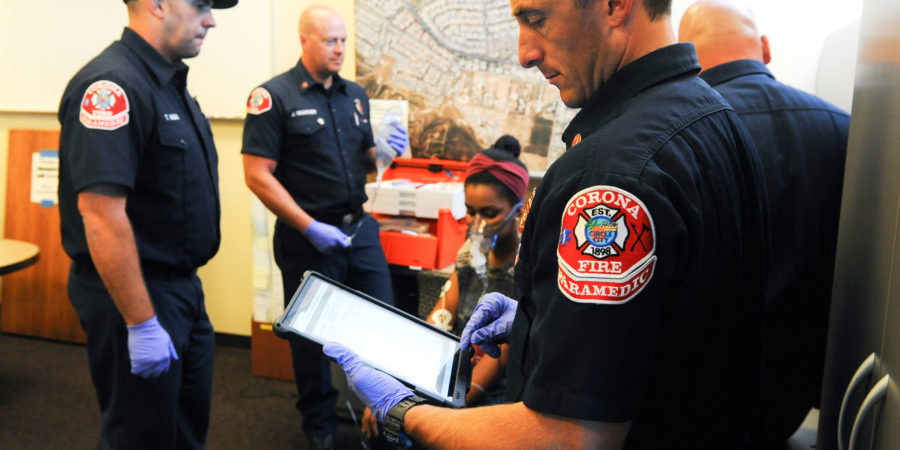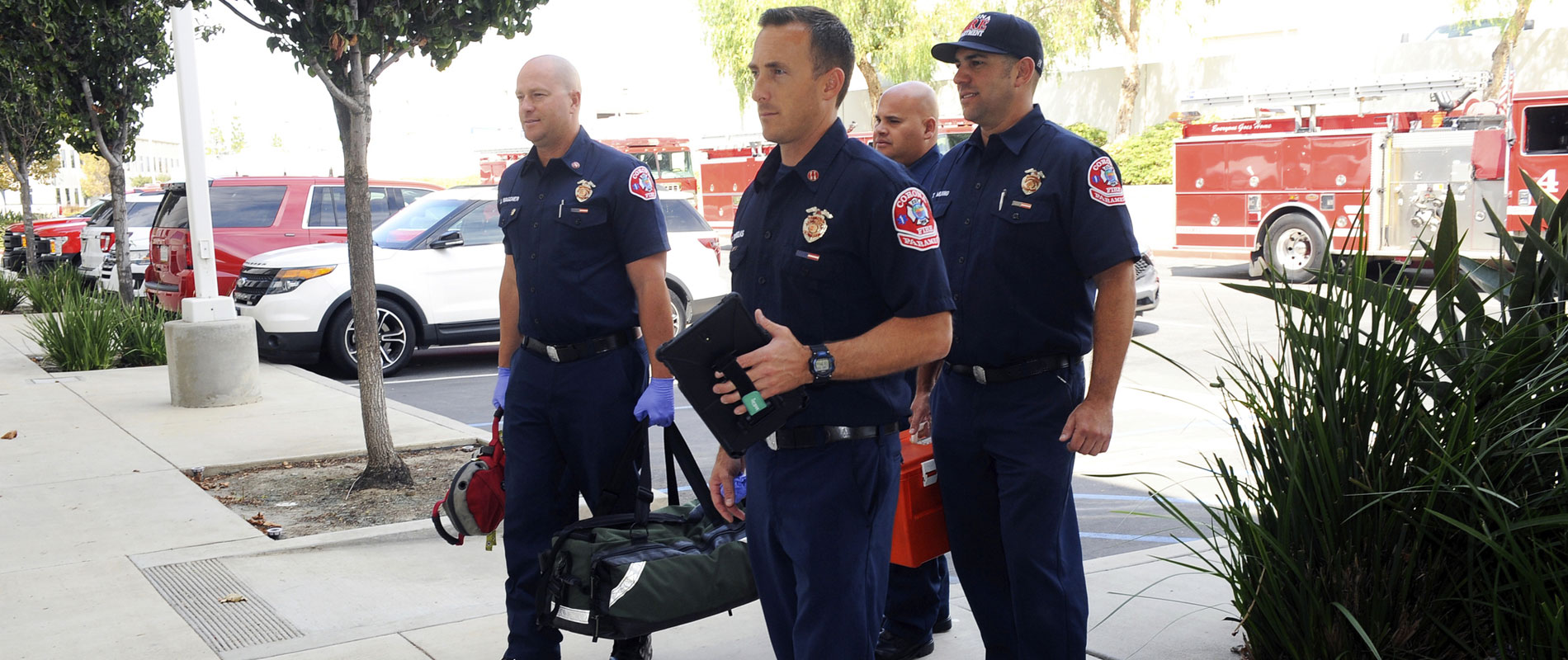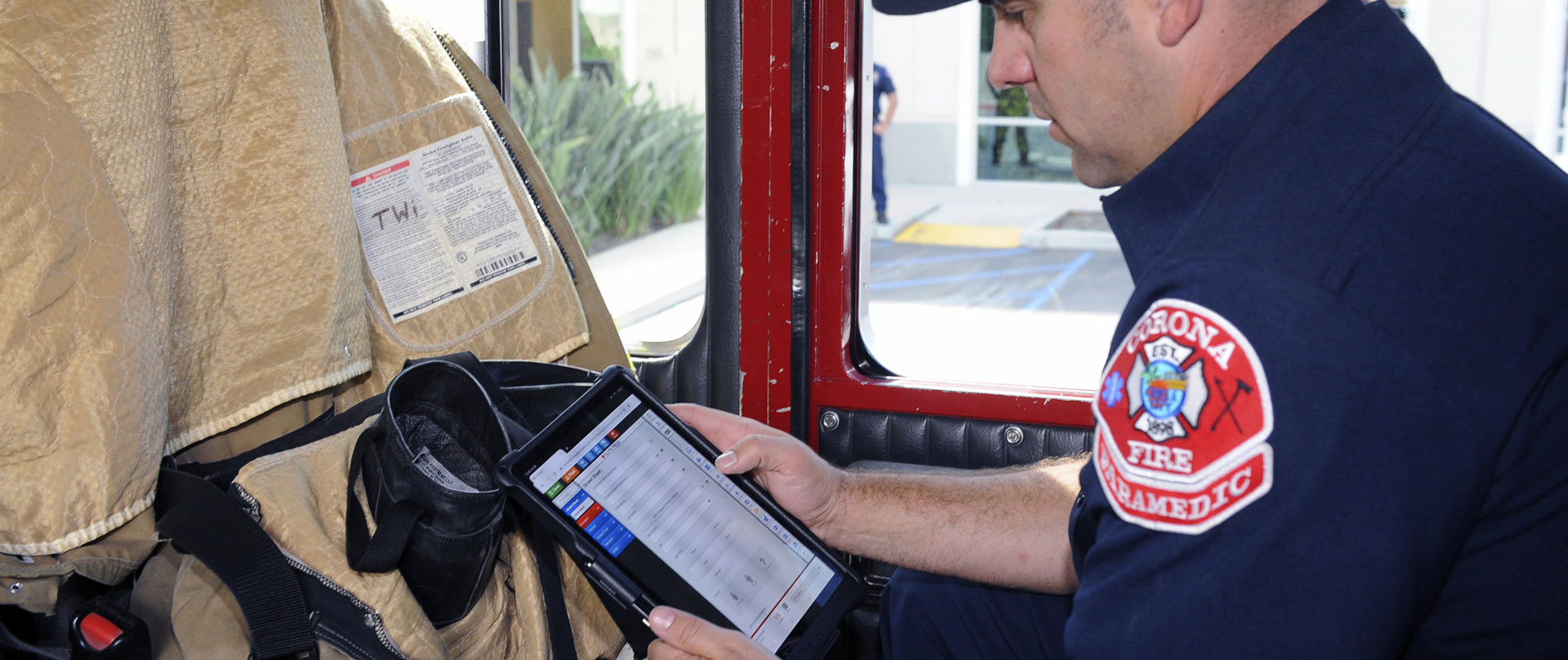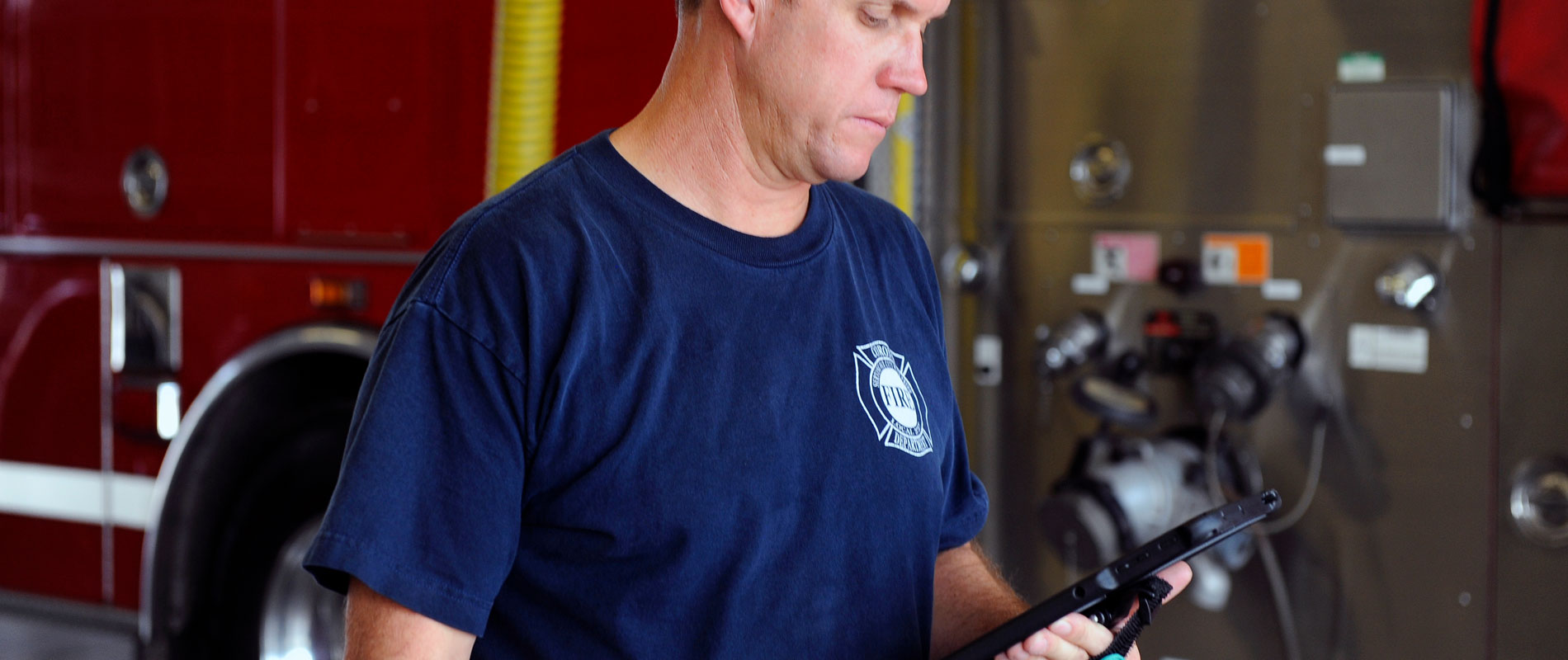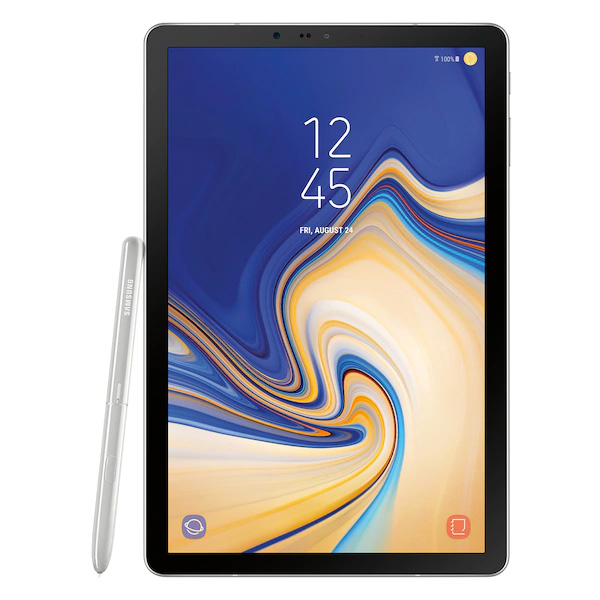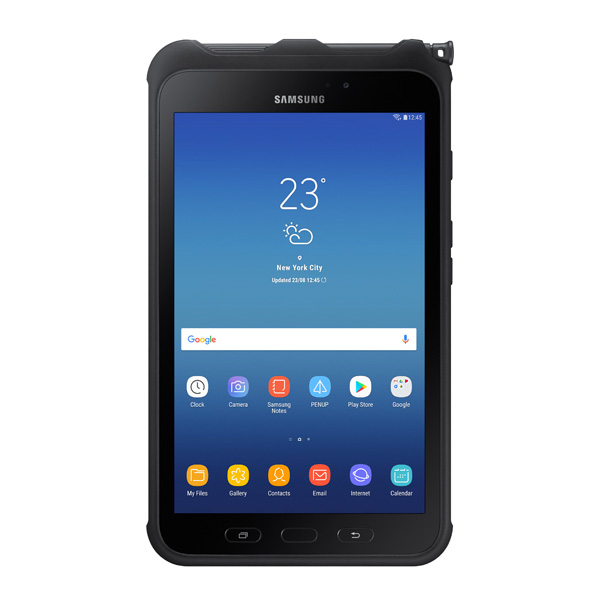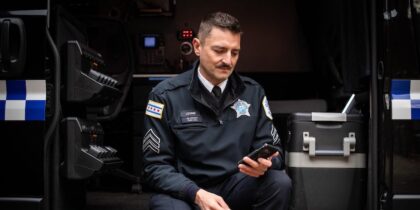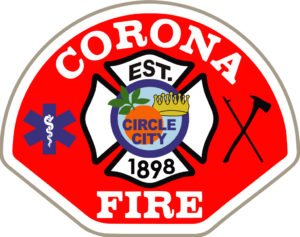
The Challenge
The Corona Fire Department (CFD) responds to more emergency medical services (EMS) incidents than fire calls. As first responders, they stabilize patients for transport to a local hospital and gather information that emergency departments will need to treat them. But without a digital patient care reporting solution, first responders had to jot down key information in the field and hope they remembered the rest when they had time to complete the required documentation. Once the team member finally turned in the paperwork, someone had to digitize that data for required submission to state and national information systems. To improve patient outcomes and ensure compliance, CFD needed a mobile solution for real-time reporting.
The Solution
CFD uses ImageTrend Elite, an electronic patient care reporting (ePCR) solution, on Samsung Galaxy Tab S4 devices that first responders take into the field. ImageTrend Elite allows for the efficient reporting that first responders need, with some fields being autopopulated with information from the department’s computer-aided dispatch (CAD) system. Once documentation is complete, CFD can transfer this information to other agencies on site or to the hospital during patient handoff. To ensure compliance, CFD is able to use the solution to generate and submit reports to governing agencies and improve patient outcomes and operations. CFD also uses ImageTrend for business inspections and fire data reporting.
"Prior to the Samsung tablets, it took much longer to get their reports done. Now they're usually done before the fire engine parks."— Mike Leckliter, CFD firefighter & IT specialist
The Results
CFD deployed ImageTrend on Samsung Galaxy tablets earlier this year. The improved user experience has enabled them to establish a more efficient electronic reporting process and better leverage the innovative software. Paramedics save 10 minutes per report, which amounts to hours a day, and they are able to submit reports right away, rather than hours or days later. With the Samsung tablets, the department will save $30,000 on a three-year replacement cycle, compared to the old solution.
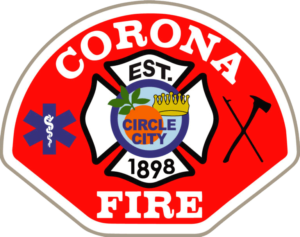
About the Corona Fire Department
The Corona Fire Department (CFD) serves the city of Corona, California, which is located approximately 45 miles southeast of Los Angeles. Corona encompasses 39.2 square miles and is home to more than 160,000 people.
CFD responds to approximately 13,000 calls per year, both for fire services and EMS. Because Corona borders a national forest, the department is also responsible for remote area rescues and extinguishing wildfires. The CFD is staffed daily with 33 personnel across seven fire stations, including one battalion chief, seven paramedic-staffed fire engines and one paramedic-staffed truck company. Three platoons of firefighters are supported by a deputy chief, a fire chief and a third-party medical transport company. The CFD also cross-staffs a variety of specialized equipment, including fire engines for wildland fires and a hazardous materials response unit.
The Challenge
Providing First Responders an Efficient, Reliable Way to Gather Patient Data
Even in southern California, where seasonal wildfires keep firefighters busy for days or weeks at a time, CFD rescues more people from traffic accidents and heart attacks than from burning forests and buildings.
“We have major rails running through our city and one of the busiest intersections in southern California — the 15 and 91 freeways,” Fire Captain Andreas Johansson explains. “All of our apparatus are advanced life support, so we have paramedic firefighters on them. Just like most any fire department in America, we’re running about 80 percent medical calls. Our patient transports are provided by a third-party company: American Medical Response.”
As first responders on EMS calls, firefighters’ job is to gather information and stabilize patients for transport. They check vital signs, connect the patient to an EKG heart monitor, perform CPR and other life-saving procedures, administer certain medications, and (whenever possible) ask questions: What’s your name? Age? What symptoms are you experiencing? What surgeries have you had? What medications are you taking? Are you allergic to any medications?
The more information firefighters collect, the better they can treat patients at the scene and, just as importantly, prep emergency department physicians. The fewer questions doctors have to ask, the faster they can start saving lives.
For CFD, the data acquisition challenge was two-fold: First, patients are often confused or unconscious. And second, without digital charting solutions, first responders had to jot down key information in the field and hope they remembered the rest when they had time to complete the required documentation.
Once the firefighter turned in the paperwork, someone had to enter all that data into a computer-based system and eventually submit it to the National Emergency Medical Services Information System (NEMSIS), the federal repository for EMS data.
“When we first started going to digital EMS reporting, about 15 years ago, we launched it on a laptop as a database platform,” Johansson said. “It was an epic failure, and we went back to paper. Then a few years ago, when ePCR first came online, we moved back to a digital format. We launched it on a rugged slate PC, but it was clunky, and we just really did not have a good experience with it.”
To improve patient outcomes and ensure compliance, CFD needed a real-time patient care reporting solution on a powerful, affordable mobile device.
The Solution
Electronic Patient Care Reporting in Every Firetruck
CFD partnered with ImageTrend, using Elite for their ePCR solution designed for emergency responders, including fire departments, EMS and other critical care providers. CFD also outfitted all frontline apparatus with two Galaxy Tab S4 tablets that first responders carry with them to the point of care.
ImageTrend provides quick access to the forms that first responders need to complete, so they can capture information in real time. Because CFD has integrated ImageTrend Elite with its CAD system, information from the 911 dispatcher is prepopulated. If CFD has treated the patient before, the information from previous encounters is readily available — including vital information like allergies, medical and surgical history, and current medications. Firefighter paramedics verify for accuracy and update, adding pertinent information, which they are able to document in the field. Meanwhile, cloud-enabled EKG monitors transfer data directly into ImageTrend Elite.
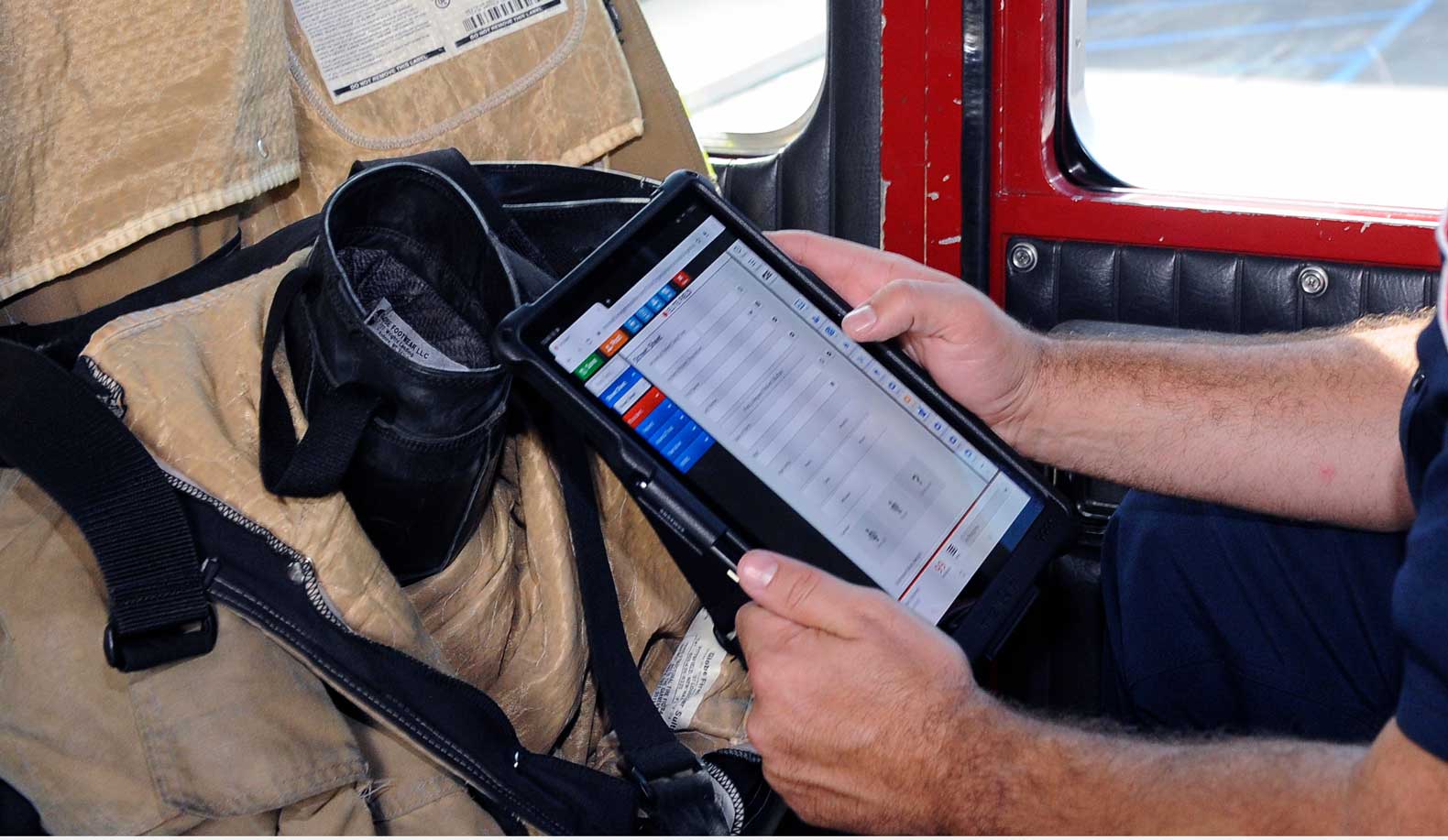
“We’re able to do patient bedside reporting,” said Mike Leckliter, a CFD firefighter who manages technology for the department. “When our ambulance company shows up, we can push that data to them, and they can push it to the hospital EHR [electronic health record]. Before the ambulance even arrives, the hospital knows the patient demographics, active vital signs and allergies, so they can start thinking about what medications to give.”
Not only does ImageTrend optimize data collection — it also streamlines data reporting. CFD is required to share information with several local, state and federal agencies — including NEMSIS and the National Fire Incident Reporting System (NFIRS). ImageTrend worked with CFD to gain compliance and report the pertinent data to each entity.
Along with the required data, CFD collects data for its own purposes — for example, to track performance metrics or optimize resources. Leaders can log into the ImageTrend platform to view trending and historical data, along with predictive analytics that help them identify areas for improvement. CFD also uses ImageTrend’s new active data monitoring solution, Continuum.
“Continuum is a near-real-time data monitoring solution,” said Janet Leean, vice president of marketing for ImageTrend. “It shows what’s happening through visual dashboards and alerts, with no reports to build. For example, Continuum could text or email you if a threshold is met or based on other specific criteria set by Corona Fire Department. Clinically and operationally, Continuum shows the information you want to see, when you want to see it.”
Finally, CFD uses ImageTrend Elite for fire inspections. “We inspect each occupancy at least once every three years,” Johansson said. “That’s where we collect data on after-hours contacts, ask about hazardous materials and check for fire hazards. We try to get in more often, but emergency responses come first, and we’ve got a lot of businesses in the city.”
The Technology
Galaxy Tab S4
The Galaxy Tab S4 provides the speed, power and reliability EMS teams need to manage vital patient data.
Galaxy Tab Active2
The Galaxy Tab Active2 is a powerful tablet with a ruggedized form factor that stands up to the challenges EMS teams face.
The Results
Improved Care, Smoother Experience and Cost Savings Across the Department
Since CFD transitioned its emergency services reporting to Samsung Galaxy tablets earlier this year, it has seen numerous workflow benefits, including:
- Improved User Experience: “The Galaxy tablet experience with ImageTrend is much better in the field,” says Johansson. “We had stopped doing business inspections on the other tablets and went back to paper, because it was just so clunky. During medical callouts, when we tried connecting the old tablets to our EKG monitors, it was hit or miss whether they would work. This created extra work because the hardware didn’t work properly.”
- Decreased Costs: The introduction of the Galaxy Tab S4 tablets has also reduced costs. “With Samsung, we’re saving $30,000 on a three-year replacement cycle compared to our old tablet solution,” said Johansson.
- Reduced IT Burden: As an IT specialist for the department, Leckliter was fielding calls daily about the old system. “Now that we’re on the new system, I rarely get a call,” he said.
- Increased Productivity: With ImageTrend Elite running smoothly on Samsung devices, most firefighters are doing their reporting in the field at the time of care. Overall, the solution saves them approximately 10 minutes per EMS report, and some trucks respond to 10 to 15 emergency calls per day. “Prior to the Samsung tablets, it took much longer to get their reports done,” said Leckliter. “Now they’re usually done before the fire engine parks.”
- Improved Patient Care: With ImageTrend, first responders have fast access to information that helps them make better decisions and get patients treated more quickly. Kayla Schindle, implementation coordinator for ImageTrend, said, “With the CAD integration and automation, Corona firefighters are not doing paperwork on the way to the call. Once on scene they are thinking about the patient, not thinking ‘What time did we get here?’ I can say from experience, having been transported by an ambulance, the minute they see you, their only concern is you. For Corona, that is the goal — to automate data gathering as much as possible so they can be present in the moment and provide exceptional patient care. Corona is very much on the cutting edge of how they want technology to help drive them to be a better department.”
- Automated Compliance: CFD doesn’t have to worry about compliance. The system gathers required data and sends it to the governing agencies on their behalf. And because much of that data is automated and the rest is entered in near-real-time on the Samsung devices, information is more likely to be accurate.
Johansson says ImageTrend Elite has been a valuable tool for CFD for years, but without the right hardware, the department couldn’t fully leverage the solution in the field. “Everyone is very excited about how well everything runs on Samsung,” he says. “It’s making their jobs easier and means we can provide emergency care more quickly and effectively.”
